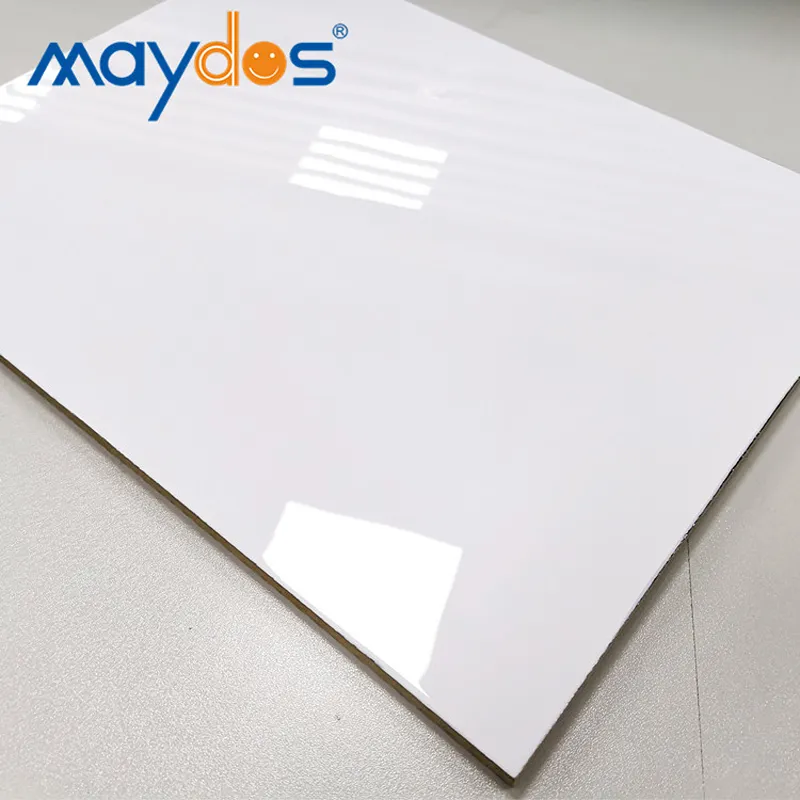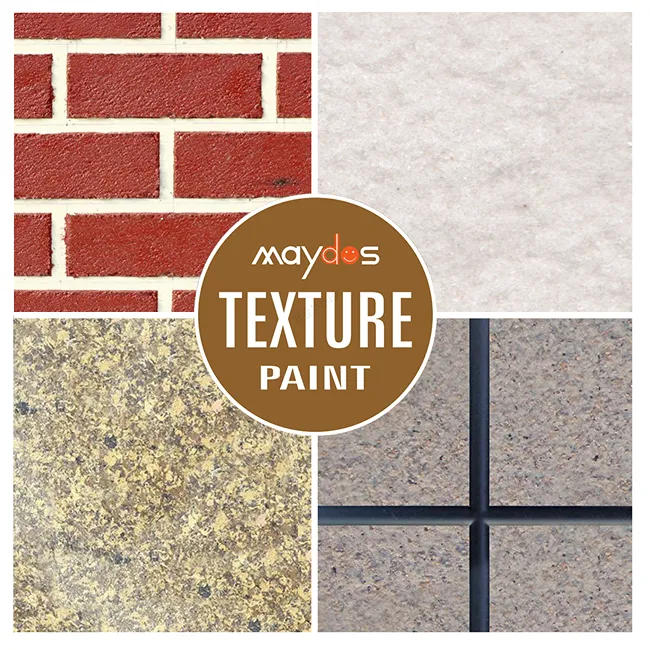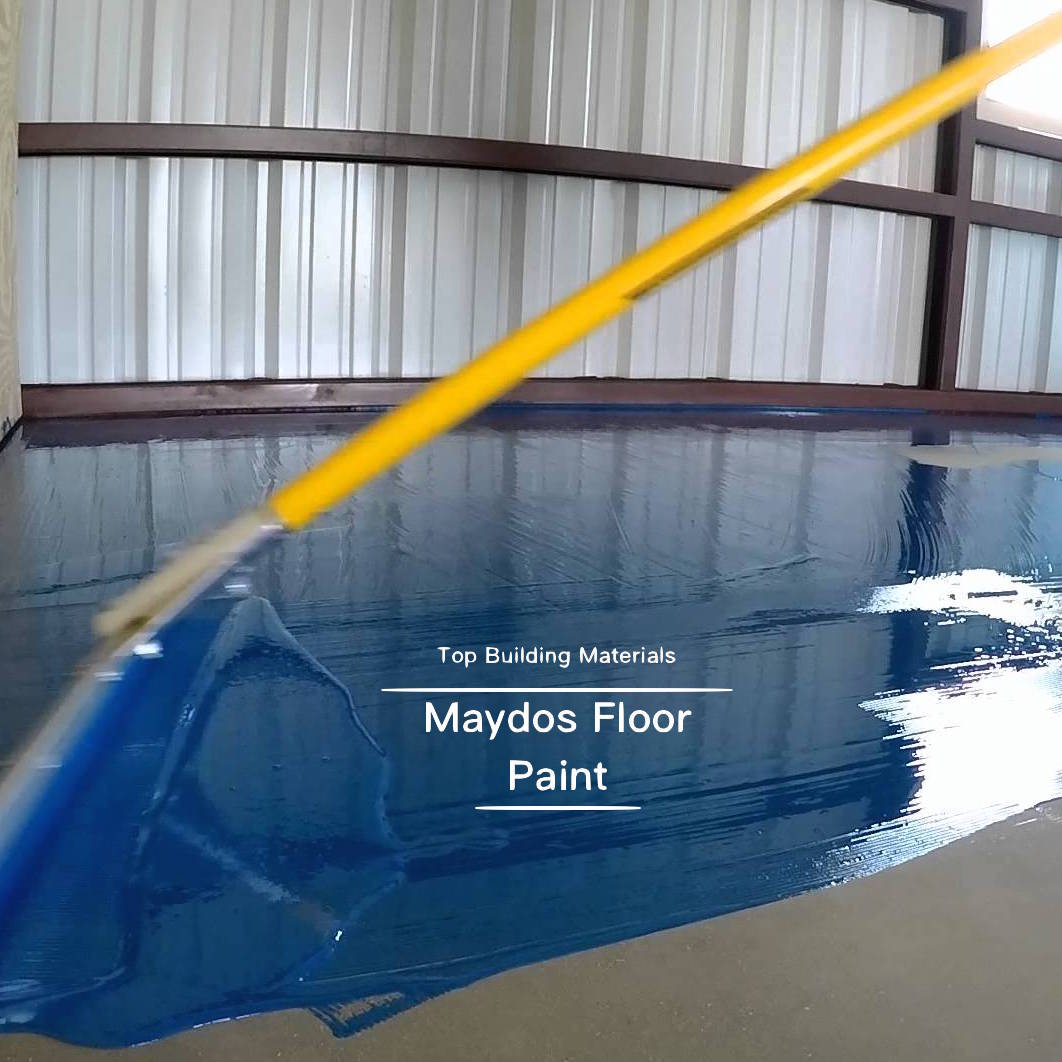Paint Manufacturer
A paint manufacturer produces a wide variety of decorative and protective coatings for industrial applications. They use a combination of pigments and resin to form an emulsion that can be applied to surfaces.
The emulsion contains pigments for colour and concealing, and resin to prevent the particles from sticking together again. These are mixed and wetted using high speed mixers that rotate stainless steel serrated discs.
Manufacturing Process
In manufacturing paint, there are many steps that must be taken to ensure quality. A paint manufacturer must test the raw materials, mix them and disperse them to create a smooth, consistent product. This is a complex process that requires precision and high-quality equipment. The final result is a paint that will have an excellent gloss, adhesion and durability.
During the preparation phase of production, the raw ingredients are measured and combined in large tanks. This process is called formulation. This is where the exact recipe for each individual type of paint is developed. The laboratory is responsible for inspecting all of the raw materials and testing each batch of paint during the manufacturing process.
The next step is to grind the powdered raw materials in a mill or dispersing tank. This turns the pigments into a finely distributed, uniform paste. It also helps the pigments dissolve in the binder and bind with other ingredients. The milling process is a critical step because it affects the viscosity of the finished paint. The size of the grinding media, mill speed and agitation are all important variables.
After the grinding and mixing process, the paint is moved to a kettle for thinning. It is agitated to help it reach the right consistency for canning. The color is also checked at this stage to make sure it meets the desired specifications.
This step is critical for car paint manufacturers because it allows them to produce high-quality and durable paint that can be used on vehicles. Once the paint is mixed and has been filtered, it is sent to the canning area. It is then labeled and ready for distribution.
A large amount of paint goes to waste each year. 320 million litres of paint are sold in the UK each year, but only about 50% is used and then thrown away or stored in garages. Community RePaint is a program sponsored by Dulux that collects this leftover paint and redistributes it to families, communities and charities at an affordable cost.
To reduce the environmental impact of paint manufacturing, paint companies use various techniques to reuse solvents. They will wash their manufacturing equipment between batches of paint. This will generate wastewater, which is treated in an on-site water treatment plant. The water that is left over can be used to clean equipment or it can be recycled into other industrial products such as fuels and adhesives.
Raw Materials
The paint industry is a raw material intensive one, with the cost of raw materials accounting for 60% of net sales (industry average). As such, raw material price hikes are a major pain point for paint manufacturers. This makes it important to reduce costs by improving efficiencies, optimizing processes, alternative sourcing, and implementing cost reduction strategies.
Among the most significant raw materials in paint production are pigments, solvents and resins. The pigments determine the paint’s appearance and color. They can either be prime pigments or extenders. Prime pigments impart brightness and help conceal surface flaws. They are available in organic and inorganic varieties. The most common inorganic pigment is titanium dioxide, which is produced from ilmenite ore in India. The other is rutile, which is extracted from a rare earth mineral called yttrium oxide.
Solvents, which are used as dehydration agents in water-based paints, make up a substantial proportion of the total cost of paints. They include petroleum ethers, xylene and toluene. They are also used as plasticizers to reduce the viscosity of paints.
Additives are the other significant raw materials used in paints. These are essential for enhancing the performance of the paints. They are incorporated into paints to enhance their durability, adhesion, and other qualities. They can also be added to modify the color, texture and consistency of the paints.
Another significant raw material is driers, which accelerate the drying of paints. These are incorporated in most paints to prevent fading and peeling. Another key additive is anti-skinning agents, which reduce the tendency of paints to form cracks and chips after drying. Paint manufacturers also use binders to hold the pigments and provide a film-forming property.
In addition to these, the paint manufacturing industry requires a large amount of lubricants and stabilizers for the production of their products. Linseed oil is the most widely used lubricant for blending, thinning and dispersing pigments. Castor oil is the other most common lubricant used by paint manufacturers. The manufacture of paints and coatings also involves the use of polymers like acrylates, vinyls, and epoxy.
Testing
A paint manufacturer conducts a wide variety of testing procedures to ensure that their products meet the appropriate standards. This includes a series of physical tests such as impact resistance and colour and gloss analysis. These tests are designed to mimic the conditions under which the paint will be used. Some of these conditions include exposure to abrasion, moisture, UV rays and temperature extremes. The manufacturer also conducts chemical tests such as Fourier transform infrared spectroscopy to identify the chemical makeup of the coatings and other materials.
The test equipment that the manufacturer uses varies depending on the type of paint being tested. For example, a scratch hardness tester will be used to determine the surface hardness of a sample of a coating. Another type of test, the HDT, is used to measure a material’s deflection temperature under load. This test is essential in assessing the safety of paints and coatings because it can help prevent structural damage due to excessive heat.
These types of tests are conducted in both laboratory and field-like settings. The results of these tests are then used to make improvements to the coatings and other products. Some of these changes may be as simple as replacing certain ingredients or modifying manufacturing processes. Some changes will be more significant, such as the removal of toxins like alkyl phenol ethoxylate from the paints. This move is an important step in reducing the environmental footprint of the industry as a whole.
As part of the testing procedure, the manufacturer will often submit samples to the Resene Laboratory for a comprehensive inspection. The results from this laboratory inspection are used to verify that the product complies with the specified requirements of each coating category.
Coatings are a vital element of the manufacturing process and are used in a wide variety of industries, including automotive, furniture, marine and building. These coatings protect fabricated steelworks and other structures from corrosion and other harsh environmental conditions. The testing procedures for coatings are very complex and involve a range of different types of test equipment. The testing methods are used to assess the quality of the coatings and provide a basis for making informed decisions regarding their use.
Packaging
The paint industry is dependent on durable packaging that enables safe and secure transportation. This is because many paint products are composed of chemicals that are hazardous and must be tightly sealed in order to prevent spills or leakage during transport.
The global paints packaging market is driven by growing construction activities in various industries and rising consumer living standards. The market is also supported by rapid urbanization and increasing demand for paints used to protect exterior surfaces from harsh weather conditions. Additionally, the rising need for industrial coatings is expected to drive growth in the paints packaging market.
Manufacturers can capitalize on the growing concern of consumers and businesses regarding environmental impact by offering eco-friendly packaging solutions. This can include containers made of biodegradable plastics and recycled materials. Using these eco-friendly options can help paint manufacturers meet the needs of environmentally conscious consumers and increase their market share.
Additionally, paint manufacturers are increasingly focused on improving the functionality of their packaging products in order to provide customers with an exceptional experience. They are incorporating ergonomic features, such as easy-to-open, resealable, and reusable containers, as well as convenient dispensing systems. This is to ensure that customers can easily use and apply the paints they purchase.
Moreover, consumers are looking for paints with sustainable packaging that provides them with important information and helps them complete their projects quickly and effectively. This trend is particularly noticeable in the DIY sector, where consumers are seeking out products that not only perform and look good, but also reflect sustainability commitments by the coating manufacturers.
For example, the bag-in-box packaging from Liquibox combines the safety of a flexible bag with the convenience of an outer cardboard box that is easy to open and close. The outer box is designed to protect the bag during transportation and handling, while a dispenser in the top of the container allows one-hand serving of the paint. This eliminates product waste and reduces disposal effort and costs by allowing users to fully evacuate the contents of the package. In addition, the flexible bag is easily cleaned and is suitable for entering plastic recycling streams.





















